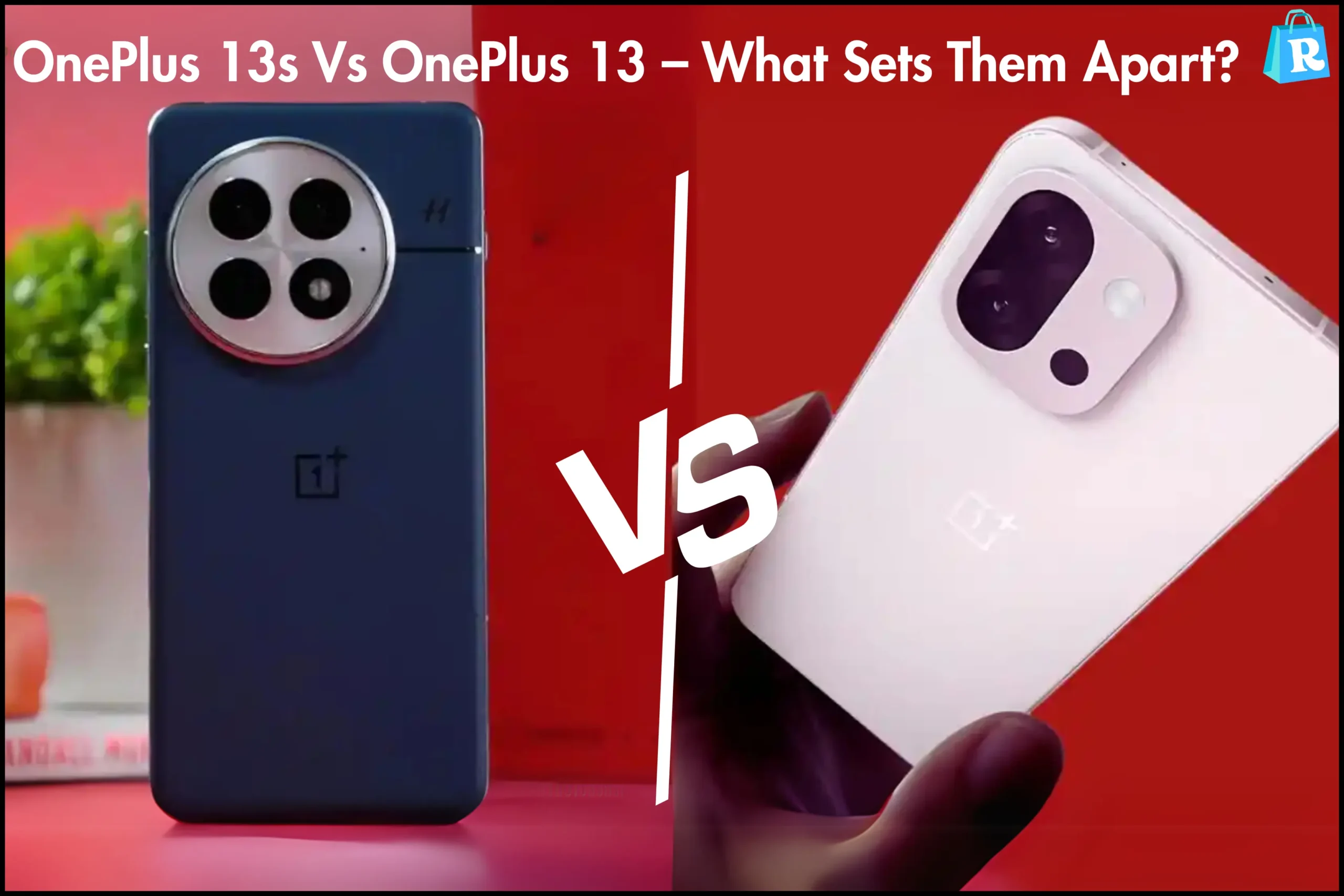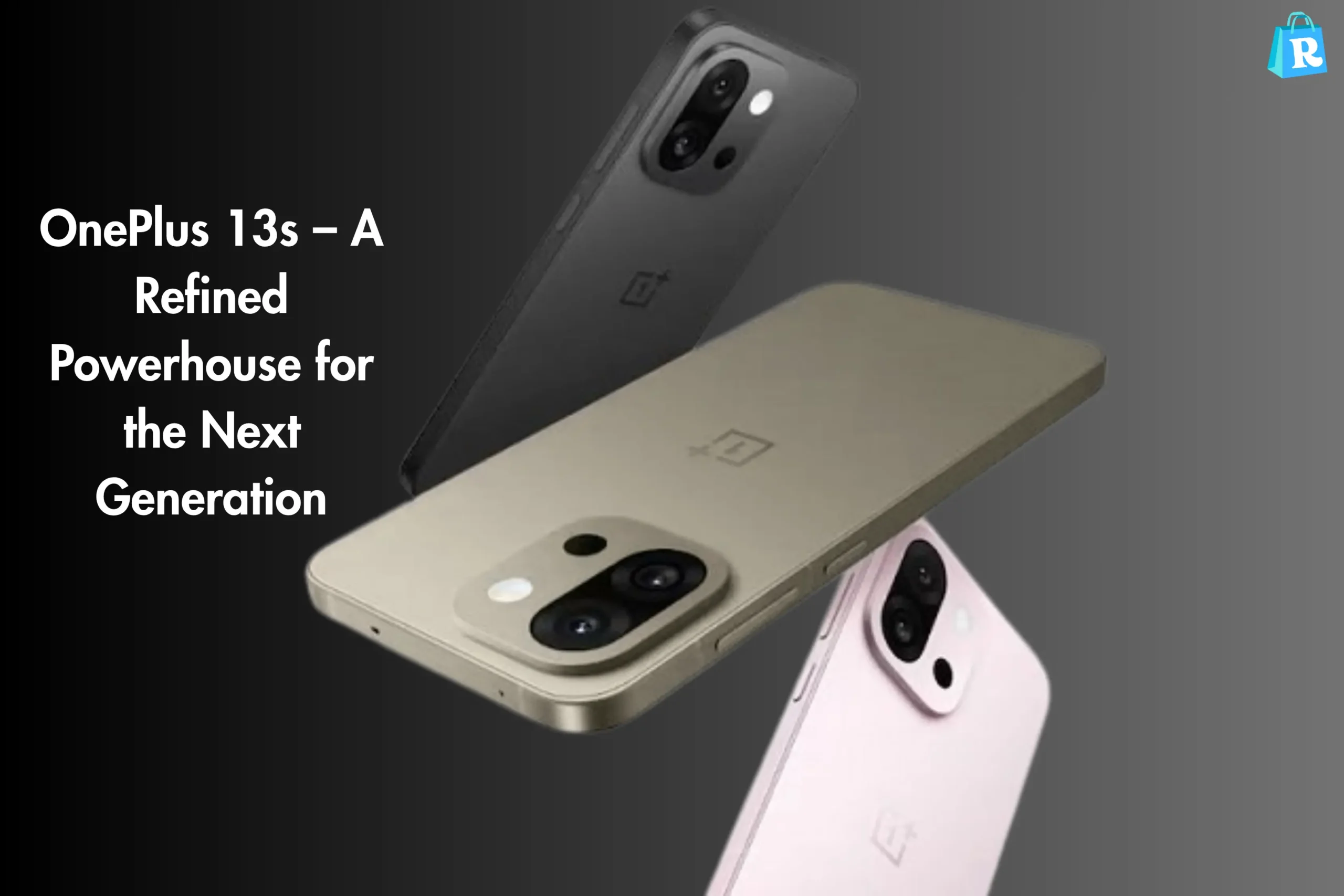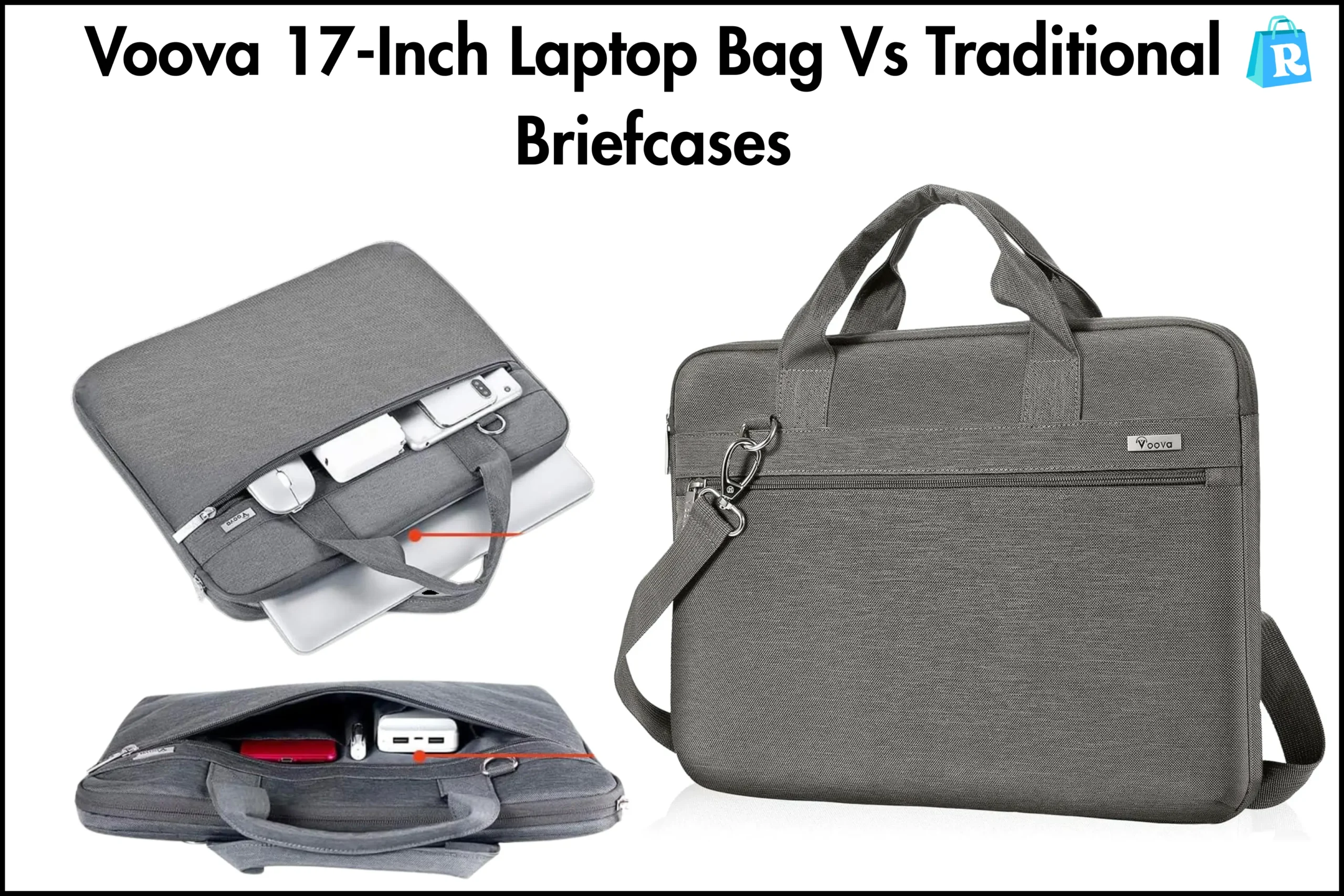In the ever-evolving landscape of mobile technology, the arrival of Samsung’s Z Fold 7 has sparked fresh waves of excitement. With each new iteration of the Fold series, Samsung continues to push the boundaries of innovation. The Z Fold 7 stands as the most advanced model to date, setting a new standard for foldable smartphones. It’s not just a phone; it’s a symbol of what the future holds for mobile devices. But how does it stack up against traditional smartphones?
This comparison has intrigued tech enthusiasts, casual users, and professionals alike. On one hand, traditional smartphones offer familiarity and simplicity. On the other, the Z Fold 7 offers multi-dimensional functionality that redefines what a smartphone can be. As the lines between phones, tablets, and even laptops begin to blur, users are now presented with a compelling question: should they unfold their digital future or stay loyal to classic designs?
Design Revolution: Fold Vs Flat
The most striking difference between the Z Fold 7 and traditional smartphones lies in their design philosophy. Samsung has refined the folding mechanism to near perfection, offering a smooth, hinge-based fold that transforms a 6.2-inch cover display into a 7.6-inch dynamic AMOLED tablet. This dual-form design allows for increased versatility, letting users enjoy the compactness of a phone and the productivity of a tablet—all in one device.
Traditional smartphones, although sleeker and often lighter, operate within the limitations of a single screen. While this design is familiar and practical, it doesn’t provide the same level of adaptability. The Z Fold 7’s ability to switch between modes gives it a multi-purpose edge, setting a new benchmark for what mobile devices can do.
Display Technology and Visual Experience
The Z Fold 7 takes visual performance to a whole new level. With its Ultra Thin Glass (UTG) technology and adaptive refresh rate up to 120Hz on both inner and outer screens, the device ensures crisp visuals whether you’re watching a movie, gaming, or multitasking across several apps. The larger screen real estate provides an immersive experience, turning everyday tasks into high-quality digital interactions.
Traditional smartphones, while boasting impressive display quality—especially on high-end models—are constrained by size. Even the largest phablets can’t match the Fold’s screen expanse. The Z Fold 7 is essentially a tablet you can fold into your pocket, making it ideal for streaming, content creation, and multitasking.
Multitasking Capabilities
One of the most significant advantages of the Z Fold 7 is its superior multitasking ability. Users can operate up to three apps simultaneously on the main screen, drag and drop content between them, and even pair apps together for quick access. Samsung’s One UI enhancements have been optimized for the foldable experience, making multitasking seamless and intuitive.
In contrast, traditional smartphones are limited to split-screen functionality at best. Even on models with generous screen sizes, running multiple apps can feel cramped and inefficient. The Z Fold 7 provides a desktop-like interface that transforms productivity on the go, blurring the lines between a smartphone and a computer.
Performance and Hardware
Under the hood, the Z Fold 7 is equipped with the latest Snapdragon 8 Gen 3 processor, paired with up to 16GB of RAM and storage options up to 1TB. This hardware configuration places it squarely in the flagship category, ensuring blazing-fast performance for gaming, streaming, and professional tasks like video editing and 3D rendering.
While many traditional smartphones share similar internal specs, their limited screen functionality restricts how users can take advantage of the power. The Fold’s expansive UI allows for enhanced gaming experiences, professional-grade creative tools, and better productivity applications, leveraging the hardware to its fullest extent.
Camera Capabilities: Innovation Continues
Samsung continues to enhance its camera game with each Fold release. The Z Fold 7 features a triple rear camera system, under-display front camera, and an improved night photography mode. The Flex Mode enables unique shooting angles, allowing the phone to act as its own tripod—perfect for content creators and vloggers.
Traditional smartphones generally offer excellent camera systems as well, especially in flagship models. However, the Fold’s unique design introduces additional flexibility, literally and figuratively, for capturing content. You can prop it up, split the screen between camera and editing apps, or shoot from unconventional angles.
Durability and Longevity
Foldables have come a long way in terms of durability. The Z Fold 7 features a more robust hinge mechanism, improved water resistance (IPX8), and Gorilla Glass Victus on both the cover and back. Samsung’s engineering makes the device suitable for everyday use despite its complex build.
Still, traditional smartphones tend to be more resilient under rough use. Their simpler construction means fewer moving parts, which can be a safer bet for users who are prone to dropping or rough handling. However, for those who value innovation and are willing to handle their device with a bit more care, the Z Fold 7 offers a rewarding experience.
Battery Life and Charging
The Z Fold 7 houses a dual-cell 4800mAh battery designed to support both screens. With smart battery management and adaptive refresh rates, it delivers an all-day experience. Fast charging, wireless charging, and reverse wireless charging are all supported, enhancing user convenience.
Traditional smartphones generally perform well in this department too, especially those with larger battery capacities. However, the Fold’s larger screen does require more power, and while the efficiency is commendable, it may not outlast some traditional phones in one-to-one endurance tests. Still, with responsible usage and adaptive settings, it holds its ground remarkably well.
Software Ecosystem and App Optimization
Samsung has worked closely with Google and other developers to optimize apps for the foldable experience. Many popular apps now support dual-screen modes, continuity features, and flex-view operations. The One UI Fold Edition is tailored to exploit every inch of the screen, making the Z Fold 7 a joy to navigate.
Traditional smartphones operate within the bounds of standard Android or iOS experiences. While efficient, they lack the transformative nature of foldables. The Z Fold 7 offers an adaptive experience that feels fresh and futuristic, giving users a reason to explore beyond their usual smartphone routine.
Price and Accessibility
The Z Fold 7 is undoubtedly a premium device, with a price tag that reflects its high-end specifications and innovative design. It’s positioned as a luxury gadget, appealing to tech enthusiasts, professionals, and those willing to invest in cutting-edge technology.
Traditional smartphones span a wider price range, making them accessible to more users. From budget to premium models, there’s a device for everyone. The Z Fold 7, on the other hand, targets a specific segment of the market, which may limit its widespread adoption in the short term.
Comparison Table: Z Fold 7 Vs Traditional Smartphones
| Feature | Z Fold 7 | Traditional Smartphones |
|---|---|---|
| Design | Foldable, Dual-Screen | Slate, Single-Screen |
| Display | 7.6” Main, 6.2” Cover, 120Hz | 6.1”–6.8”, 60Hz–120Hz |
| Multitasking | Up to 3 apps at once, Split View | Limited Split-Screen |
| Performance | Snapdragon 8 Gen 3, 16GB RAM | Varies by model |
| Camera | Triple Rear, Under-Display Front | Triple or Quad Rear, Punch-Hole Front |
| Durability | IPX8, Gorilla Glass, Fold Hinge | IP68, Rugged Design |
| Battery Life | 4800mAh Dual Cell | 4000–5000mAh |
| Software | Optimized for Folding, One UI Fold | Standard Android/iOS |
| Price Range | Premium | Budget to Premium |
| Use Case | Productivity, Media, Multitasking | Everyday Use, Portability |
Key Features of Z Fold 7
The Z Fold 7 stands out primarily because of its foldable design, turning it from a smartphone into a tablet. Its dual-screen setup is not just about size but also about utility, offering multitasking options that traditional phones simply can’t match. Equipped with top-tier hardware, the Fold handles even the most demanding tasks effortlessly. The Flex Mode enhances user interactions by enabling unique viewing angles, especially useful in photography and video calls. Finally, Samsung’s software customization ensures that users can get the most out of this futuristic form factor.
5 Pros and Cors
Pros
– Offers a foldable dual-screen experience
– Supports advanced multitasking and app pairing
– Built with flagship-level hardware and display
– Provides unique use cases like Flex Mode for photos and videos
– Features highly optimized software for the foldable format
Cors
– Has a higher cost compared to regular smartphones
– Slightly heavier and thicker due to hinge design
– Requires more cautious handling for durability
– App compatibility is still improving across the board
– Larger unfolded screen consumes more battery
FAQs
Q1: Is the Z Fold 7 suitable for everyday use?
Yes, the Z Fold 7 is built for everyday use and features water resistance, strong glass, and a durable hinge. Its compact folded form makes it pocketable, while its unfolded form enhances productivity.
Q2: Can the Z Fold 7 replace a tablet or laptop?
While it can’t fully replace a laptop, it definitely serves as a tablet replacement for many users, particularly for reading, streaming, and multitasking.
Q3: Is the Z Fold 7 compatible with all Android apps?
Most major Android apps are compatible and increasingly optimized for the foldable experience. However, a few niche apps may not yet support full foldable features.
Q4: How durable is the Z Fold 7 screen?
The Z Fold 7 uses Ultra Thin Glass with a protective plastic layer and improved hinge mechanics. While more delicate than traditional screens, it’s significantly more durable than earlier foldables.
Q5: Does it support a stylus?
Yes, the Z Fold 7 supports the S Pen Fold Edition, which adds another layer of productivity for users interested in note-taking, sketching, or editing.
Conclusion
The Z Fold 7 represents a major leap in smartphone innovation, merging functionality, flexibility, and futuristic design into a single device. It challenges the norms of mobile technology by offering a two-in-one experience that switches effortlessly between a compact phone and a full-sized tablet. From design to software, Samsung has ensured that the Z Fold 7 is not just a novelty but a serious productivity tool.
That said, the decision between the Z Fold 7 and a traditional smartphone depends on individual needs. For users seeking cutting-edge features, multi-window multitasking, and a bold new interface, the Fold is a clear winner. But for those who prioritize simplicity, portability, and cost, traditional smartphones remain an excellent choice. Either way, one thing is certain—the future of smartphones is unfolding before our eyes.






